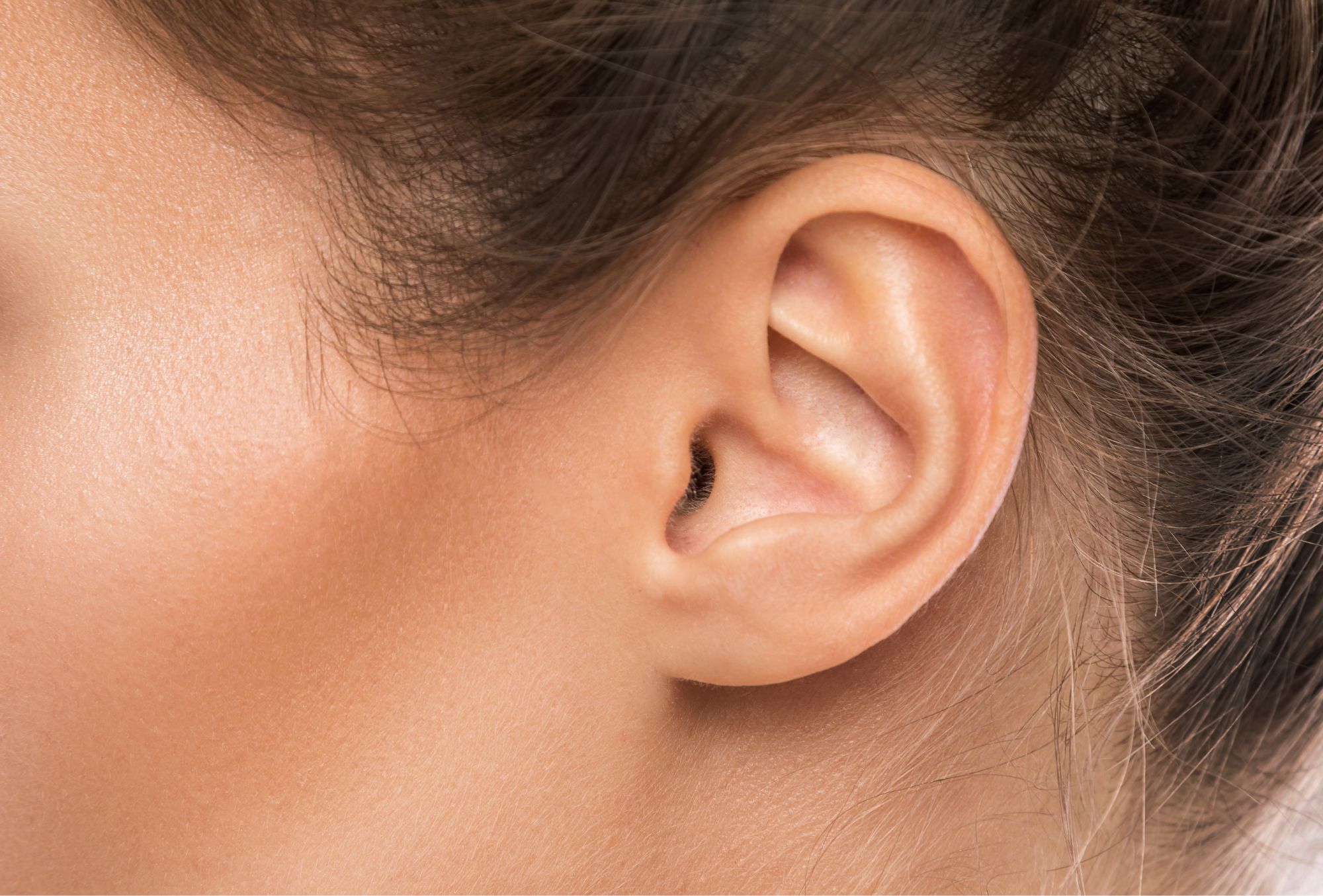If you’ve been on the receiving end of an ear infection, you know just how painful they can be. One of the most common ear infections is otitis media. This middle ear infection produces swelling and discharge, which then pushes on the eardrum, resulting in the pain you feel.
Otitis media is treatable, and there are also ways to reduce the risk of it happening. Here, we talk through the symptoms, causes, and treatments for the infection, as well as ways to look after your ears so you’re less likely to get otitis media.
What Is Otitis Media?
Otitis media is an infection of the middle ear. The middle ear is located behind your eardrum and leads to the eustachian tube. This tube is connected to the back of your throat, just behind your nose. This is why otitis media often happens alongside a respiratory infection like a cold or the flu. The infection can spread to the middle ear through excess mucus. This excess mucus causes swelling and pressure inside the middle ear.
Although it is mainly a common childhood infection, otitis media in adults can occur when the middle ear has been unable to properly drain fluid that has found its way inside. This happens more often in people with allergies, as an allergic reaction can cause enlarged adenoids, which stop the middle ear from draining. Similarly, an immune deficiency or recurrent bouts of cold and flu viruses increases the likelihood of otitis media in adults.
Symptoms of Otitis Media
Usually only a short illness, acute otitis media is easy to treat but can be very painful. Other otitis media symptoms include:
- Fever – otitis media can cause a fever as the body tries to fight the infection
- Discharge – there will likely be some drainage from the infected ear. You may wake up with dried pus around the ear as the ear drains overnight
- Pressure – the excess fluid behind your eardrum will create a feeling of fullness or pressure in the area, which can be very painful
- Hearing problems – hearing may be muffled due to the fluid slowing down signals to the brain
In some cases, otitis media symptoms can be caused by ear wax build-up, which can be easily and safely removed at our clinics.
In infants, other symptoms of otitis media include tugging at the ears, trouble eating, or an irritable mood. This is because infants are less easily able to communicate the sensation of having an ear infection. Otitis media in adults is therefore easier to diagnose.

Treatment for Otitis Media
Otitis media can be either a viral or a bacterial infection. There are ways you can treat it yourself at home, as well as medication you can take to help clear it up.
1. Home Remedies for Otitis Media
Acute otitis media often clears up on its own. There are some steps you can take yourself as advised by the NHS. These include cleaning any discharge with cotton wool and placing a warm or cold flannel over the ear. This will help with the discomfort while your body is fighting the infection. It is not advised to use cotton buds or allow any water or foreign substances into the ear.
2. Over-the-Counter Medicines
To help with the pain caused by otitis media, you can take painkillers like ibuprofen or paracetamol. They will not get rid of the infection, but will make the recovery process more bearable. Antihistamines or decongestants have not been proven to help with otitis media and so are not worth using.
3. Antibiotics
If there are no signs of otitis media easing after about three days, then you are advised to see a doctor. Antibiotics are not routinely prescribed for middle ear infections, but in severe cases you may be offered a course of amoxicillin.
Complications Of Otitis Media
Otitis media is more often than not an acute infection that goes away on its own. In some cases, the infection can lead to other problems, such as:
1. Perforated Ear Drum
As the excess fluid gathers in the middle ear, the pressure can cause your eardrum to rupture, creating a tiny hole. You may experience hearing loss when this happens, a popping sound, or a sudden expulsion of pus from the ear.
2. Otitis Externa
Otitis Externa is an outer ear infection that can happen when there is a blockage in the ear canal. If the excess fluid from otitis media causes the eardrum to burst, it can create this blockage. Keeping ears clean and free of excess ear wax can help to reduce the likelihood of this happening.
3. Chronic Otitis Media
If your ear infection does not go away or you continue to have regular episodes of acute otitis media, then you may have what is known as chronic otitis media. The most common symptom is ongoing discharge coming from the ear. Chronic otitis media isn’t usually painful, but the persistent occurrences of acute otitis media that it causes can be very disruptive.
4. Otitis Media With Effusion
More commonly known as ‘glue ear’, otitis media with effusion is when the middle ear fills with a sticky fluid. This sticky fluid does not drain and goes on to cause hearing loss. Glue ear happens predominantly in childhood and can be treated with a minor operation.
Preventing Otitis Media
There are no hard and fast rules for preventing otitis media. As it is usually caused by a respiratory or nasal infection, it is unavoidable, especially in people who are prone to these types of infections.

Look After Your Ears With Ear Care Clinic
Ear infections are not pleasant, no matter if it’s otitis media in the middle ear or an outer ear infection like otitis externa. As well as pain and unsightly discharge, the potential of – albeit temporary – hearing loss can be a major inconvenience.
Looking after your ears is as important as any other part of your body, and clearing out wax build-ups is a key way to keep ears clear. Any otitis media infections have a better chance of draining quickly and any ear drops you use will get inside the ear much more effectively without wax getting in the way, not to mention the benefits to your hearing.
Make an appointment at one of our London ear clinics, or contact us for more information on how microsuction can help you.
